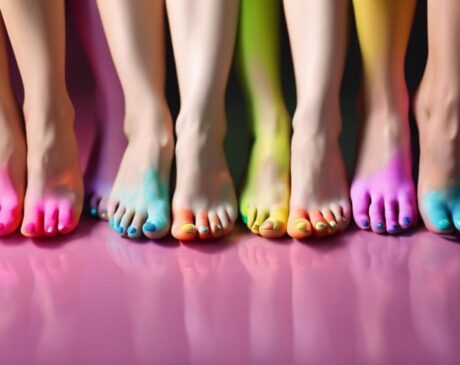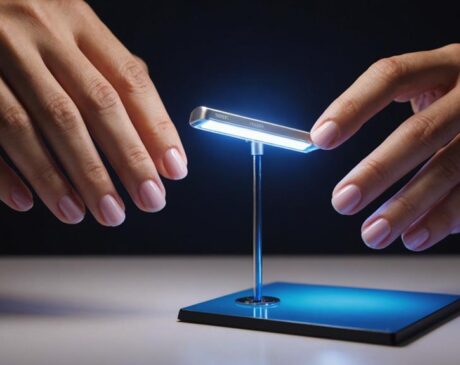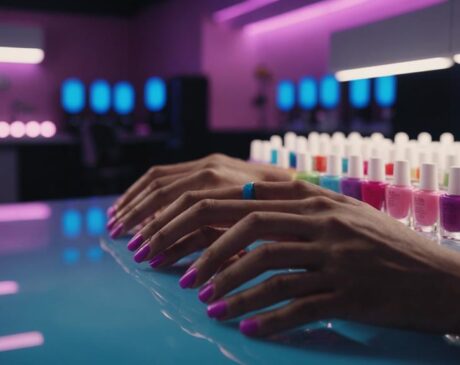Is LED or UV Lamp Better for Nails?
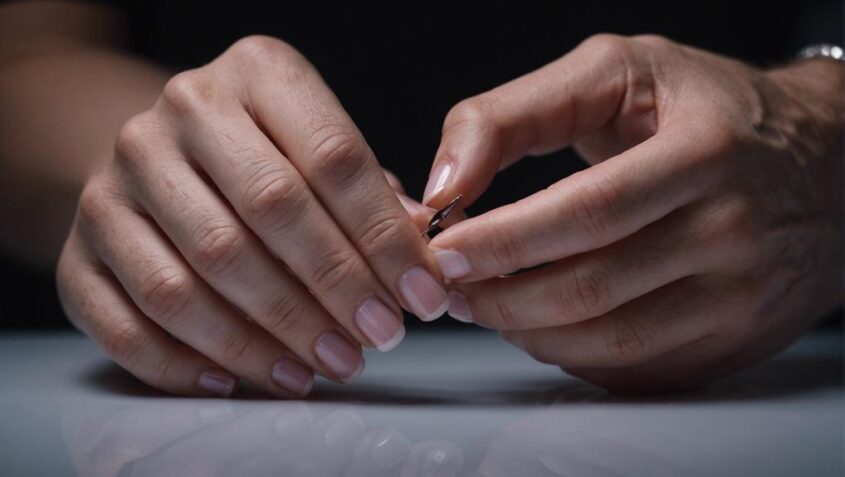
LED lamps are better for nails due to their faster curing time, energy efficiency, and reduced UV radiation exposure. They are environmentally friendly, portable, and offer a salon-quality finish. On the other hand, UV lamps have versatile compatibility with gel polishes and provide longer-lasting manicures. LED lamps save time during nail treatments and are cost-effective in the long run. The choice between LED and UV lamps depends on factors like nail health impact and user-friendliness. Each type has its unique benefits, so understanding your priorities can help determine the best option for your nail care routine.
Key Takeaways
- LED lamps offer faster curing times (30-60 seconds) than UV lamps (2-3 minutes).
- LED lamps emit lower levels of UV radiation, promoting better nail and skin health.
- LED lamps are more cost-effective in the long run due to energy efficiency.
- LED lamps are environmentally friendly, free of harmful substances like mercury.
- LED lamps are user-friendly with no warm-up time and longer lifespan.
Benefits of LED Lamp
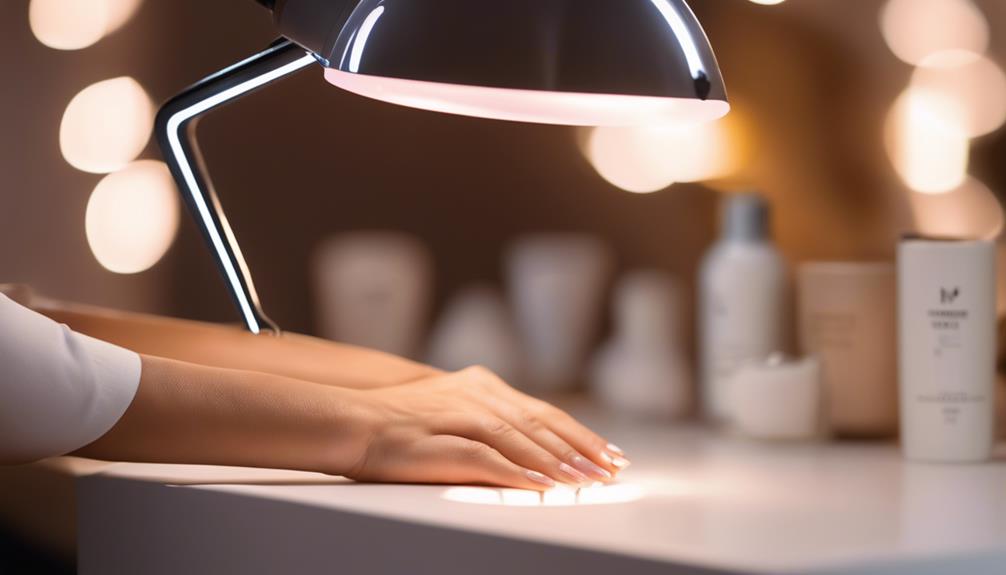
Utilizing an LED lamp for curing nail polish offers numerous advantages in terms of efficiency and speed compared to traditional UV lamps. LED lamps have a faster curing time, often taking only 30-60 seconds per layer, whereas UV lamps can take 2-3 minutes per layer. This time-saving benefit is ideal for busy individuals or professional nail technicians looking to increase their productivity. Additionally, LED lamps are more energy-efficient and have a longer lifespan than UV lamps, making them a cost-effective choice in the long run.
LED lamps also emit less heat during the curing process, reducing the risk of discomfort or skin damage that can sometimes occur with UV lamps. Furthermore, LED lamps are more environmentally friendly as they do not contain harmful substances like mercury, which is present in some UV lamps. The portability of LED lamps is another advantage, allowing for easy use on-the-go or in different locations. Overall, the innovative technology of LED lamps presents a compelling case for their superiority in the realm of nail polish curing.
Advantages of UV Lamp
When considering the benefits of a UV lamp for curing nail polish, its distinct advantages become apparent in terms of versatility and effectiveness. UV lamps offer a wider range of compatibility with different types of nail products, including gel polishes that require a specific wavelength to cure properly. This versatility allows for a more extensive selection of nail treatments to be performed using a UV lamp. Additionally, UV lamps are known for their efficiency in curing nail polish. The UV light emitted by these lamps penetrates the layers of polish more effectively, ensuring a thorough and quick curing process. This effectiveness results in longer-lasting manicures that are less prone to chipping or smudging. Furthermore, UV lamps are favored for their ability to provide a salon-quality finish, making them a preferred choice for professional nail technicians and enthusiasts seeking impeccable results. In essence, the advantages of a UV lamp lie in its adaptability and superior curing capabilities, catering to the needs of those seeking innovative nail care solutions.
Differences in Curing Time
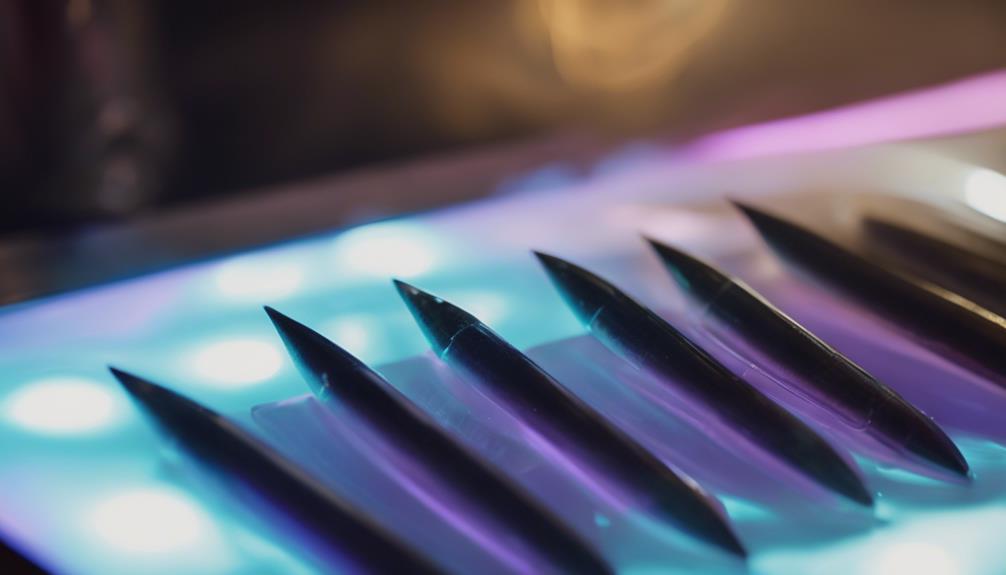
When comparing LED and UV lamps for nails, one crucial aspect to consider is the curing time. The speed of curing, efficiency in curing, and overall duration of the curing process differ between these two types of lamps. Understanding these differences can help nail technicians and enthusiasts make informed decisions about which lamp suits their needs best.
Speed of Curing
Comparing the curing times of LED and UV lamps for nails reveals distinct differences in efficiency and speed. LED lamps are known for their quicker curing times compared to UV lamps. LED lamps typically cure each layer of polish in 30-60 seconds, whereas UV lamps can take 2-3 minutes for the same task. This significant time difference can make a noticeable impact on the overall time spent during a nail treatment session. Nail technicians and clients alike appreciate the efficiency of LED lamps in reducing curing time, allowing for faster and more convenient nail treatments. Below is a table summarizing the curing times of LED and UV lamps:
| LED Lamp | UV Lamp | |
|---|---|---|
| Curing Time | 30-60 sec | 2-3 min |
Efficiency in Curing
LED lamps outshine UV lamps in terms of efficiency when it comes to curing nail polish due to their significantly shorter curing times. LED technology allows for faster curing, with most LED lamps curing gel polish in 30 to 60 seconds per layer, whereas UV lamps typically take 2 to 3 minutes for the same task. This time disparity is crucial for busy individuals seeking quick and effective nail treatments. The rapid curing of LED lamps not only saves time but also reduces the risk of smudges and imperfections that can occur when waiting for longer cure times. Therefore, for those prioritizing efficiency and speed in their nail care routine, LED lamps present a clear advantage over UV lamps.
Duration of Curing
In the realm of nail curing technology, a notable distinction lies in the differing durations required for the curing process between LED and UV lamps. Understanding these variations can help users make informed decisions based on their preferences and time constraints. Here is a comparison of the curing times for LED and UV lamps:
- LED Lamp:
- Curing Time: 30-60 seconds per coat
- Total Time for a Full Manicure: Approximately 2-3 minutes
- UV Lamp:
- Curing Time: 2-3 minutes per coat
- Total Time for a Full Manicure: Around 6-9 minutes
These differences showcase the efficiency and speed that LED lamps offer, making them a popular choice for individuals seeking quick and effective nail curing solutions.
Impact on Nail Health
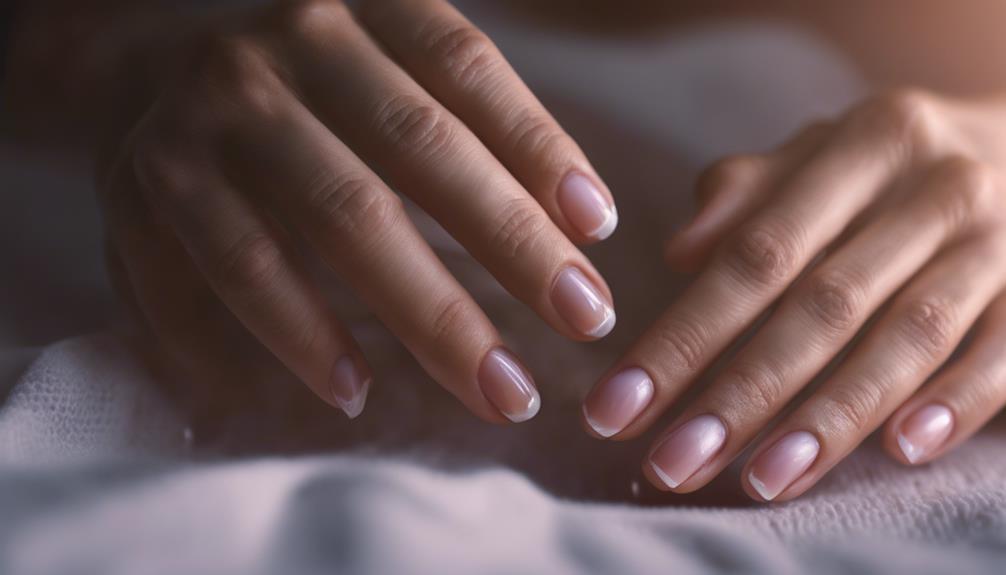
Regular exposure to either LED or UV lamps during nail treatments can have varying effects on overall nail health. LED lamps are generally considered safer than UV lamps since they emit lower levels of UV radiation, reducing the risk of skin damage and premature aging. UV lamps, on the other hand, emit higher levels of UV radiation, which can potentially lead to skin damage and increase the risk of skin cancer with prolonged or frequent exposure.
Both LED and UV lamps can cause dehydration and weakening of the nails if not used properly. It is essential to apply a moisturizing cuticle oil regularly and take breaks between gel manicures to allow the nails to recover. Additionally, using a broad-spectrum sunscreen on your hands before UV lamp exposure can help protect your skin from potential harm.
Cost Comparison
When comparing LED and UV lamps for nails, understanding the cost implications is crucial. Factors to consider include the overall cost-effectiveness, initial investment required for each type of lamp, and the long-term maintenance expenses associated with their use. Analyzing these cost aspects can help nail professionals and enthusiasts make informed decisions based on their budget and needs.
Cost-Effectiveness Comparison
Comparing the overall expenses associated with using an LED lamp versus a UV lamp for nail curing reveals significant differences in long-term cost-effectiveness. When considering cost-effectiveness, the following aspects are crucial to note:
- Energy Efficiency: LED lamps are more energy-efficient, consuming less power and reducing electricity bills.
- Lifespan: LED lamps have a longer lifespan than UV lamps, reducing the frequency of replacements.
- Maintenance Costs: UV lamps may require more frequent bulb changes and maintenance, adding to the overall cost.
- Initial Investment: While LED lamps have a higher upfront cost, their lower operating expenses make them more cost-effective over time.
Initial Investment Comparison
In assessing the cost-effectiveness of LED versus UV lamps for nail curing, the initial investment required emerges as a critical factor for consideration. LED lamps typically have a higher initial cost compared to UV lamps. However, this initial investment in LED technology often proves beneficial in the long run due to lower energy consumption, longer lifespan, and reduced maintenance costs. LED lamps are known for their energy efficiency, requiring less power to operate while providing quicker curing times. Additionally, LED bulbs have a longer lifespan than traditional UV bulbs, reducing the frequency of replacements. While the upfront cost may be higher, the innovative technology and long-term savings associated with LED lamps often outweigh the initial investment.
Long-Term Maintenance Costs
The evaluation of long-term maintenance costs between LED and UV lamps reveals significant differences in cost effectiveness. When considering the long-term financial implications of using these lamps for nail treatments, the following points are crucial for making an informed decision:
- LED Lamps
- Energy-efficient, resulting in lower electricity bills.
- Longer lifespan of LED bulbs reduces the frequency of replacements.
- UV Lamps
- Consumes more energy, leading to higher electricity costs.
- UV bulbs need regular replacements due to shorter lifespans.
These factors highlight the cost advantages of LED lamps over UV lamps in terms of long-term maintenance expenses.
Environmental Considerations
Considering the impact on the ecosystem and energy consumption, choosing between an LED and UV lamp for nails involves assessing their environmental implications. LED lamps are generally considered more environmentally friendly compared to UV lamps due to several factors. LED lamps consume less energy, resulting in reduced electricity usage and lower carbon emissions. Additionally, LED lamps have a longer lifespan and do not contain harmful substances like mercury, which can be found in UV lamps. The manufacturing process of LED lamps also tends to be more energy-efficient and produces less waste.
Moreover, LED lamps do not emit harmful UV radiation, which is not only damaging to the skin but can also have negative effects on the environment if not properly contained. By opting for LED lamps over UV lamps, individuals can contribute to a greener and more sustainable beauty routine. As the beauty industry continues to prioritize eco-conscious practices, choosing LED technology for nail treatments aligns with this trend towards more environmentally responsible choices.
Durability and Longevity
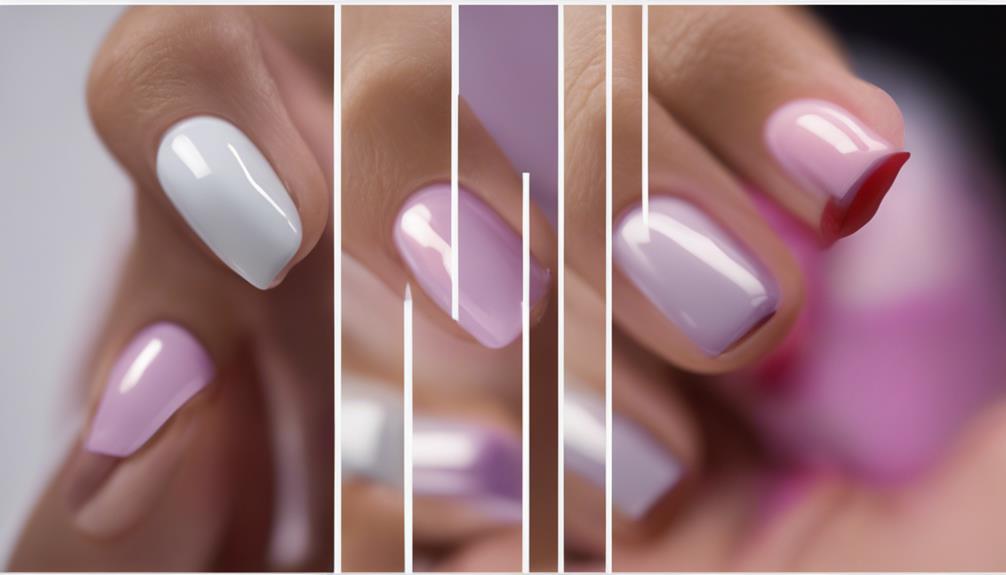
Given the environmental advantages of LED lamps over UV lamps, the focus now shifts to evaluating the durability and longevity aspects of these nail curing technologies. When considering durability and longevity, LED lamps tend to outperform UV lamps in several key areas:
- Lifespan: LED lamps have a longer lifespan compared to UV lamps, lasting up to 50,000 hours of normal usage.
- Bulb Replacement: LED lamps do not require bulb replacements as frequently as UV lamps, reducing maintenance costs and inconvenience.
- Consistent Performance: LED lamps maintain consistent curing performance throughout their lifespan, ensuring reliable results for each manicure.
- Resistance to Breakage: LED lamps are more durable and less prone to breakage compared to UV lamps, providing a more robust solution for nail technicians.
User-Friendliness and Convenience
Assessing the ease of use and practicality of LED and UV nail lamps reveals significant differences in user-friendliness and convenience. LED lamps are hailed for their user-friendliness due to their quick curing times. They typically cure gel polish in 30 to 60 seconds per layer, significantly reducing the total manicure time. Additionally, LED lamps do not require any warm-up time and are ready for use as soon as they are turned on, making them convenient for quick touch-ups or on-the-go nail treatments.
On the other hand, UV lamps, while effective, have longer curing times ranging from 2 to 3 minutes per layer. This extended curing time can make the overall manicure process more time-consuming. Moreover, UV lamps often require bulbs to be replaced periodically, adding to the maintenance and inconvenience for users. In terms of convenience, LED lamps are generally considered more user-friendly due to their faster curing times, lack of warm-up time, and lower maintenance requirements compared to UV lamps.
Frequently Asked Questions
Can LED Lamps Be Used With All Types of Gel Nail Polish?
LED lamps can generally be used with most types of gel nail polish. However, it's recommended to follow specific manufacturer guidelines for optimal results. Always ensure compatibility between the LED lamp and the gel polish being used.
Are There Any Potential Side Effects of Using UV Lamps?
Potential side effects of using UV lamps for nail curing may include skin damage, such as premature aging and increased risk of skin cancer. It is important to follow safety guidelines, use protective measures, and limit exposure.
Do LED Lamps Emit Harmful UV Radiation Like Traditional UV Lamps?
LED lamps have gained popularity in nail salons due to their efficiency and lower risk of harmful UV radiation compared to traditional UV lamps. Advanced technology in LED lamps allows for a safer nail curing experience without compromising results.
How Often Should UV Lamp Bulbs Be Replaced?
UV lamp bulbs should be replaced approximately every 6 months for optimal performance. Regular replacement ensures consistent curing results and reduces the risk of diminished effectiveness. Following manufacturer recommendations is essential to maintain nail lamp efficiency.
Are There Any Specific Safety Precautions to Consider When Using These Lamps?
Navigating the realm of nail lamp safety is akin to mastering a delicate ballet; crucial precautions include wearing UV-protective gloves, avoiding prolonged exposure, and ensuring proper ventilation. Embrace innovation while safeguarding well-being.

